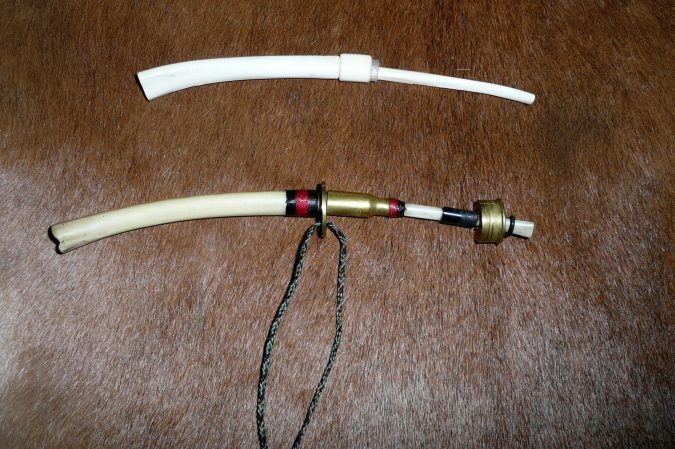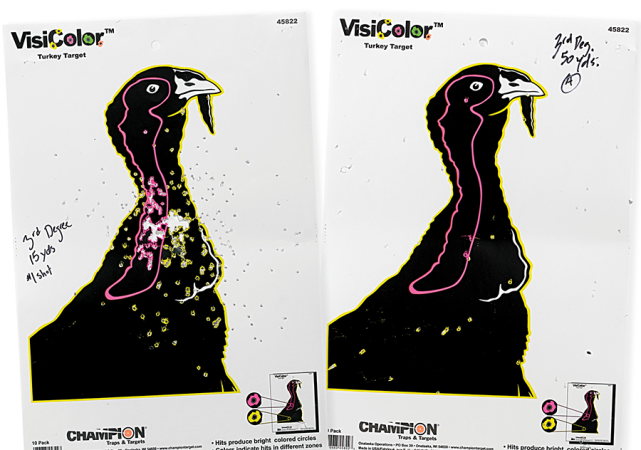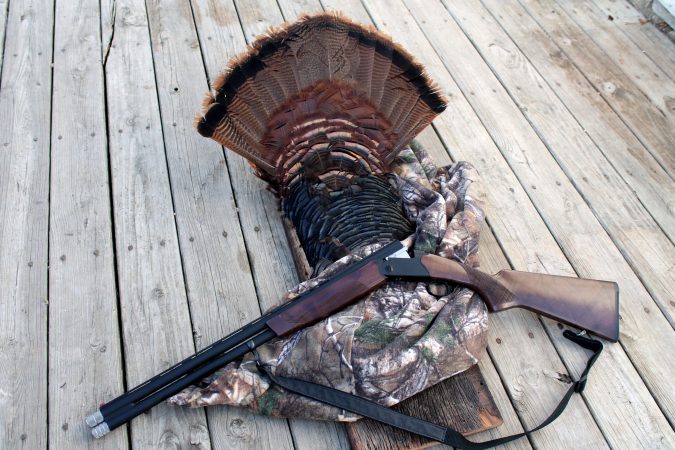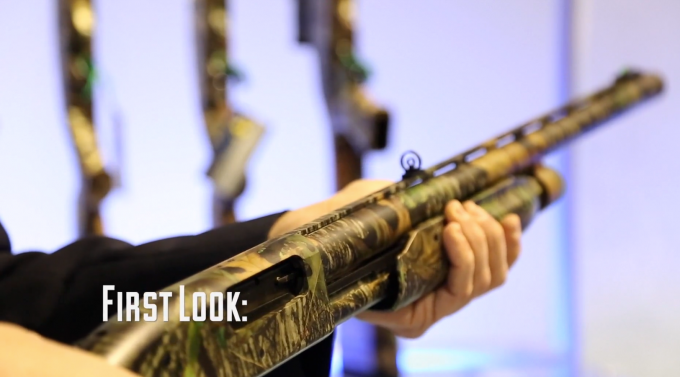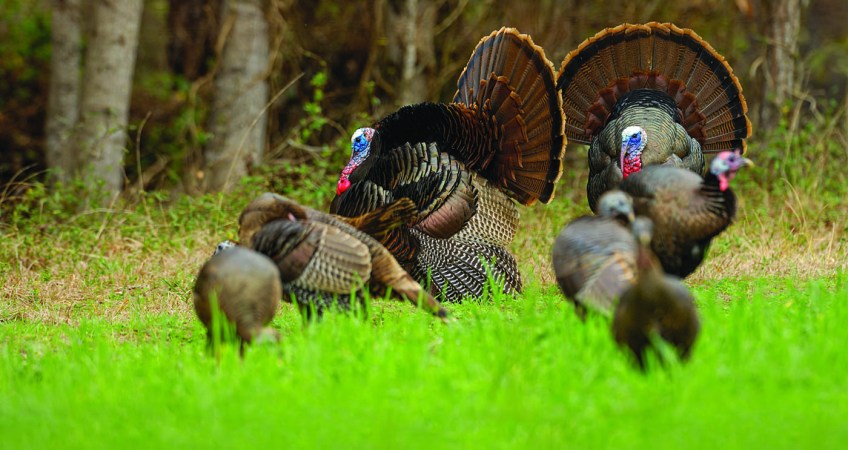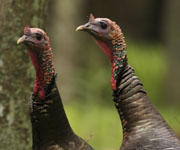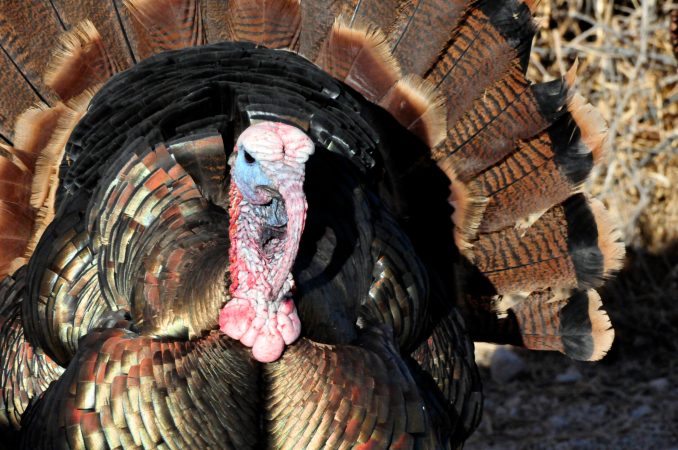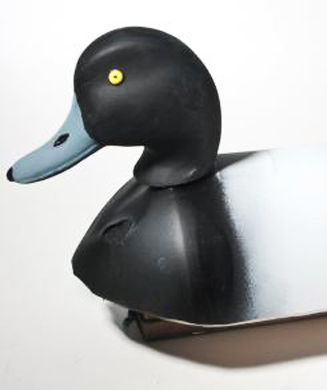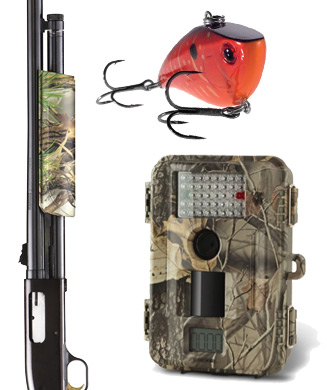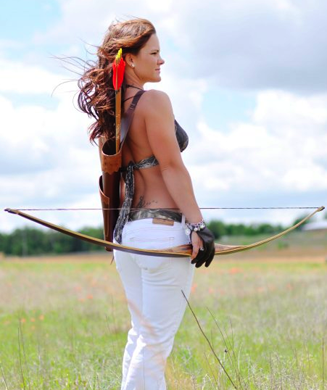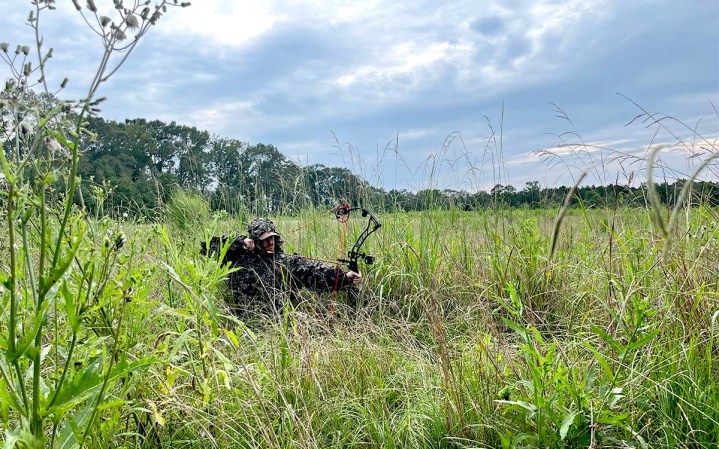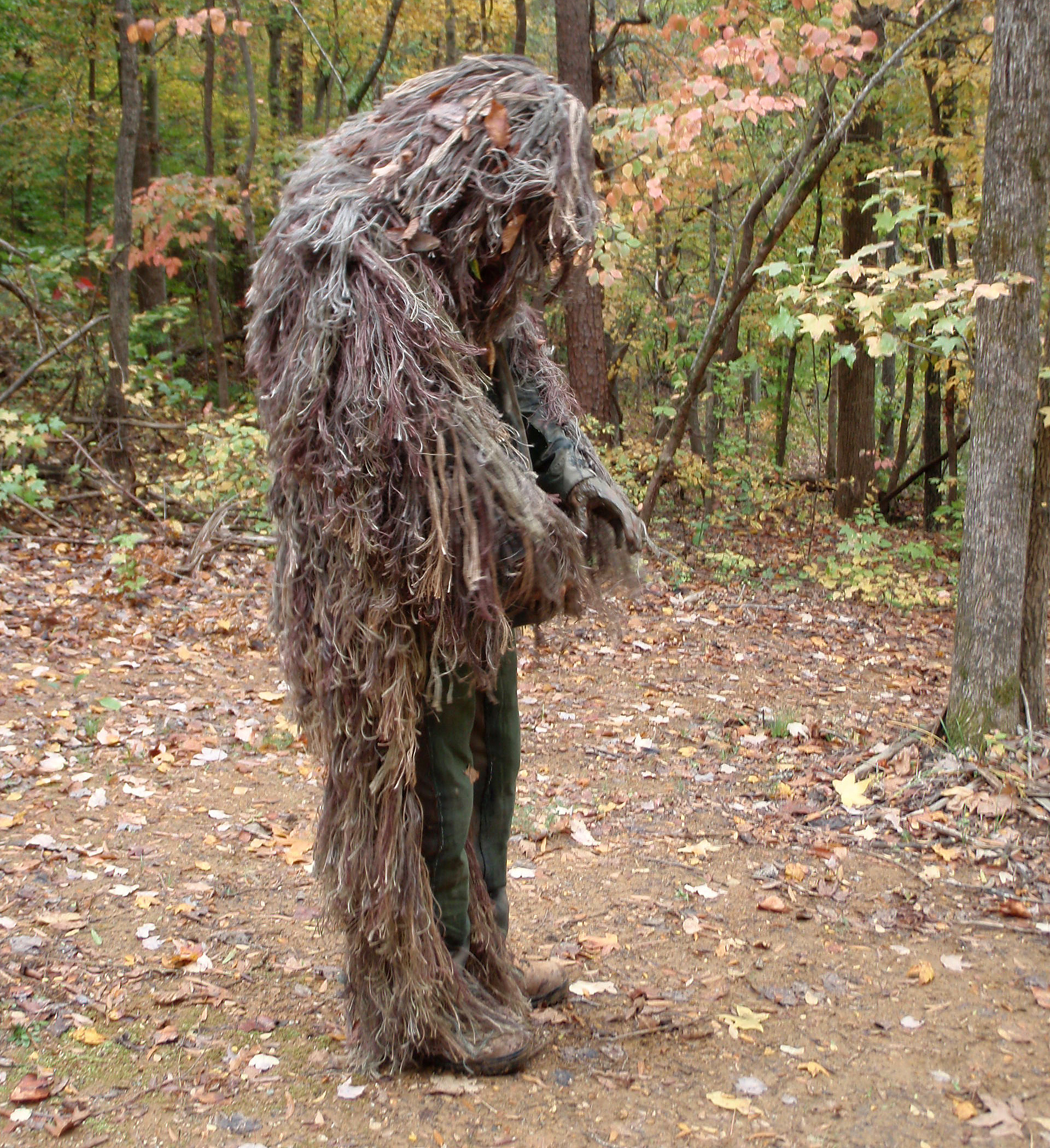
While you're at the craft store, you might as well pick up some burlap fabric. The un-dyed light brown color is fine, but the store might offer some color choices. Pick out several yards of fabric that match the colors of the environment where you'll be using the camouflage. Other fabrics can be used as well, but burlap can be shredded to produce a great visual effect. For a ghillie net to be used in snowy conditions, use an old white sheet or several white t-shirts. Cut the burlap or other fabric into one-foot strips that are 2 to 3 inches wide.
Once you have your strips, tie them onto the net every couple of inches in every direction. Use an overhand knot and just attach one end of each strip to the net. Burlap strips can be picked apart and shredded for an even fuzzier appearance. If attaching leaves, use strong dark thread to tie the stem of each leaf to the net. This is probably obvious advice, but you only need to attach your materials to one side of the net since the other side will be hidden. You could also add a bit of string to two of the net’s corners, which can be tied together so the net can be worn like a cloak. Additionally, you might sew in a zippered pouch to serve as a pocket. If you're concerned about scent, keep your net in a bin of dry dirt and leaves so it can absorb those natural odors as a cover scent. Alternately, use a scent-killing spray.
Strips of soft flexible inner bark from trees (paw paw, tulip poplar, cedar, and many others) can be used instead of the burlap strips, but for best results use them in addition to the burlap. Being in the eastern woodlands, I'm also a big fan of sturdy dead leaves. Collect them in the fall or winter, before they decompose too much. As mentioned previously, leaves should be tied to the net with thread into the net. If your net will be used in grassy areas, you could also add some raffia material, which is durable and looks just like the blades of dead grass. Keep a spool of thread in the pocket you sewed onto the net so you can quickly add extra material in the field. The only thing stopping you from making your net a perfect match is your eye for detail. Pay close attention to the colors, textures, and shapes around you.
The thread you keep for tying on additional material can also come to your rescue for repairs. Use square knots and good, solid lashings to rejoin cut or torn sections of the net, or to join two nets together for larger camo panels.
Using the ghillie net is the easiest part. Fling it over a crate of gear, as shown here covering a shiny black plastic bin. You could also drape it around your shoulders when stalking, or lay it over your knees while you sit waiting for your gobbler. The uses are numerous, and the net beats anything I've ever used. Once, while teaching a survival class, I laid down in a low spot and covered myself with a well-built ghillie net. My friend told a young man to go find me and pointed to my exact hiding spot. The lad saw nothing there but a small pile of leaves on the forest floor, which he proceeded to kick. To our mutual surprise, he kicked me in the top of my head as I lay there. I leapt up (seemingly out of the flat ground) with a loud yelp, and the young fellow nearly wet himself. There are a number of camo garments on the market now that have shaggy edges and a blurred outline, but few garments can rival the shapes, patterns, and fuzzy edges of a good homemade ghillie net.
There are plenty of camo products for sale out there, but few garments can rival a good homemade ghillie suit.
